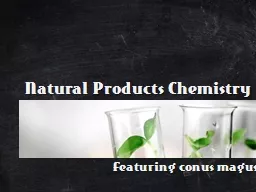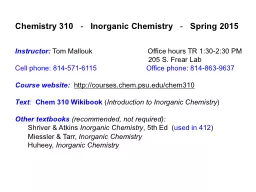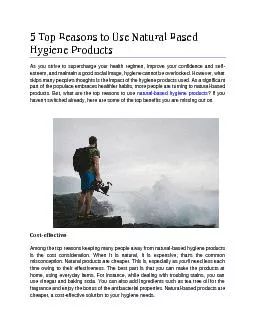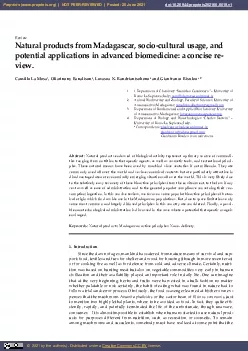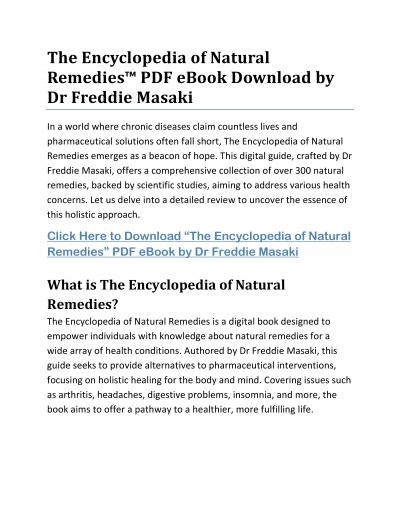PPT-Natural Products Chemistry
Author : olivia-moreira | Published Date : 2018-10-26
Featuring conus magus Who is Conus Magus Conus Magus is one of approximately 700 species of cone snails Cone snails are indigenous to coral reefs in the IndoPacific
Presentation Embed Code
Download Presentation
Download Presentation The PPT/PDF document "Natural Products Chemistry" is the property of its rightful owner. Permission is granted to download and print the materials on this website for personal, non-commercial use only, and to display it on your personal computer provided you do not modify the materials and that you retain all copyright notices contained in the materials. By downloading content from our website, you accept the terms of this agreement.
Natural Products Chemistry: Transcript
Download Rules Of Document
"Natural Products Chemistry"The content belongs to its owner. You may download and print it for personal use, without modification, and keep all copyright notices. By downloading, you agree to these terms.
Related Documents

